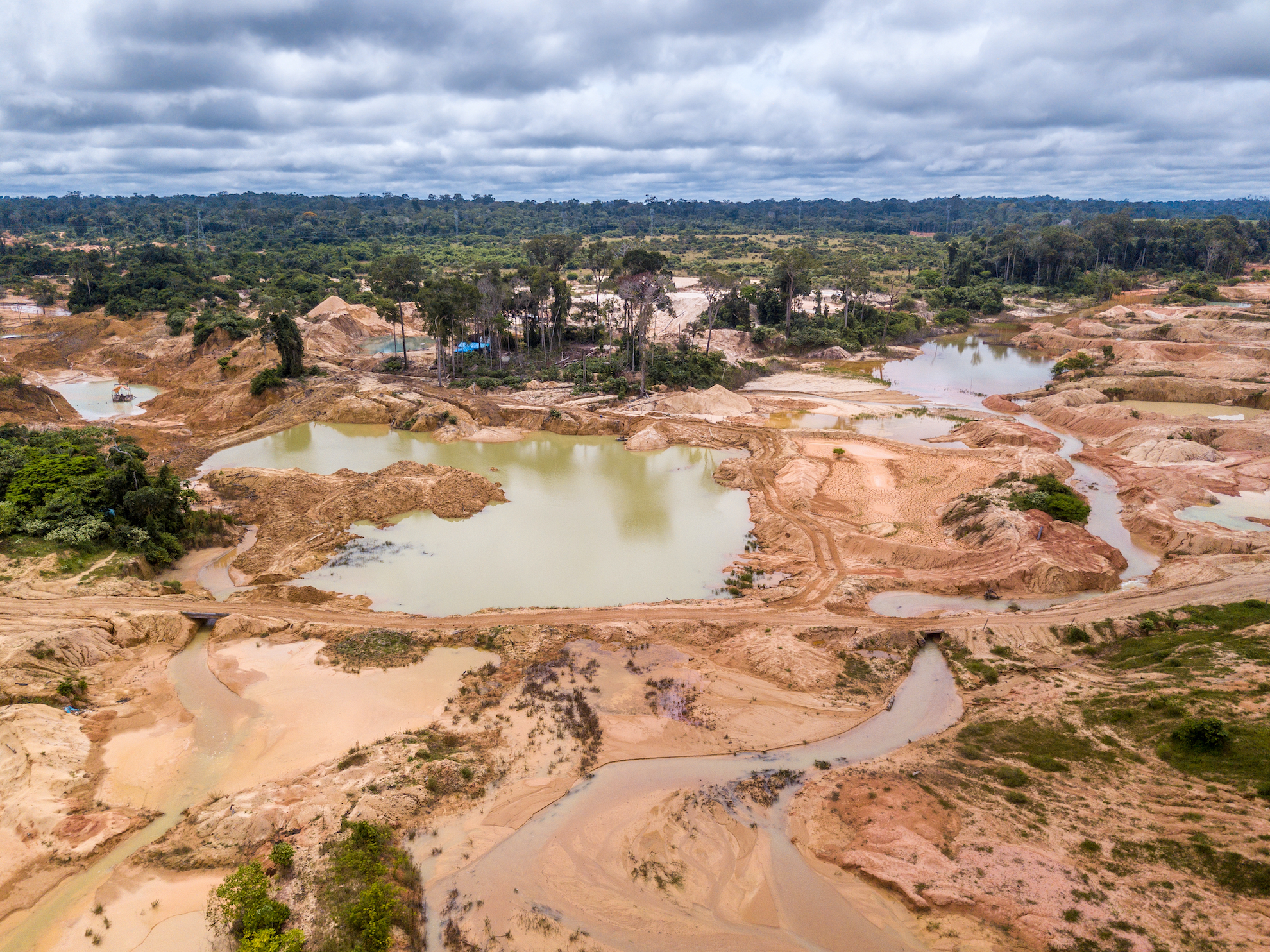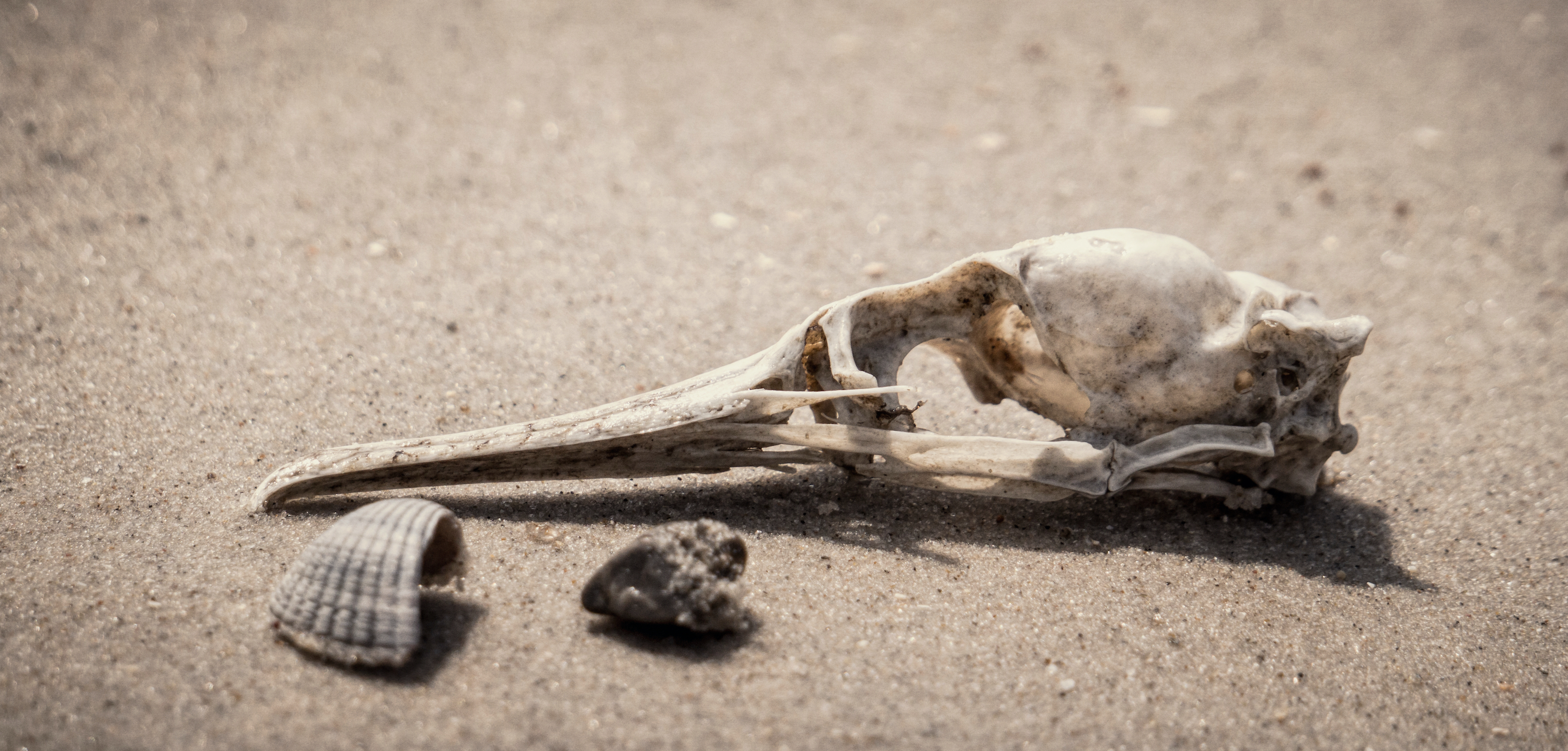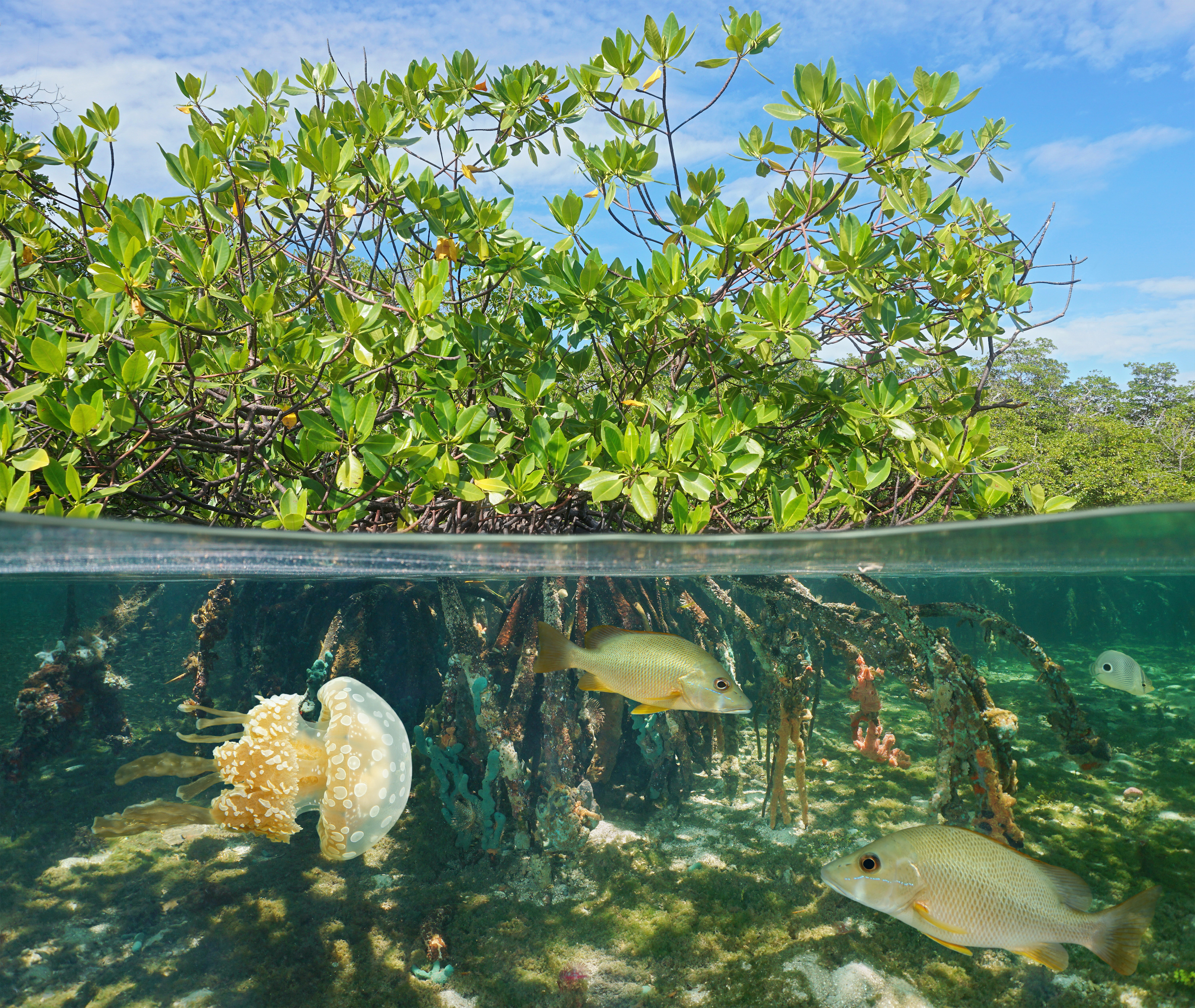Each generation remembers what nature was like when they were children. We calibrate our entire understanding of our natural history and our loss of nature to that time.
When I think about my childhood, I think about lapwings, large aggregations of starlings, orchids and those kinds of things because I was born in a chalk grassland in the South Downs of the United Kingdom. Each of us is calibrated to those things.
Of course, the previous generation was calibrated to something very different. You realise this when you go to other places where there’s huge biodiversity. When I went to Australia, it was a huge revelation about what biodiversity can be like, because I was used to the biodiversity of my childhood.
The other thing we need to remember is that, even over our own lifetimes, we forget how things were. So, you might think, oh, well, nothing really has changed in nature. But then you might ask yourself, when did I last see a really large aggregation of starlings? When did I see a particular orchid species that I used to think of as common? Then you realise that it’s maybe only been a couple of years, or maybe it’s been longer.
I was thinking about my son, who’s 20, and about taking him around our garden as a child. Ten years ago, we very rarely found caterpillars. Then I remember my childhood when I was always finding those big furry caterpillars. My mum used to say, ‘Don’t touch it!’ It was quite a common species. Yet, I don’t remember ever saying that to my son, and that’s because I didn’t see it. I think we all need to think about that.


